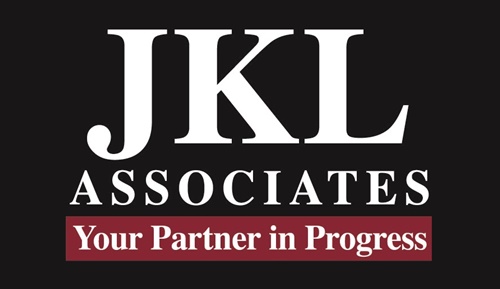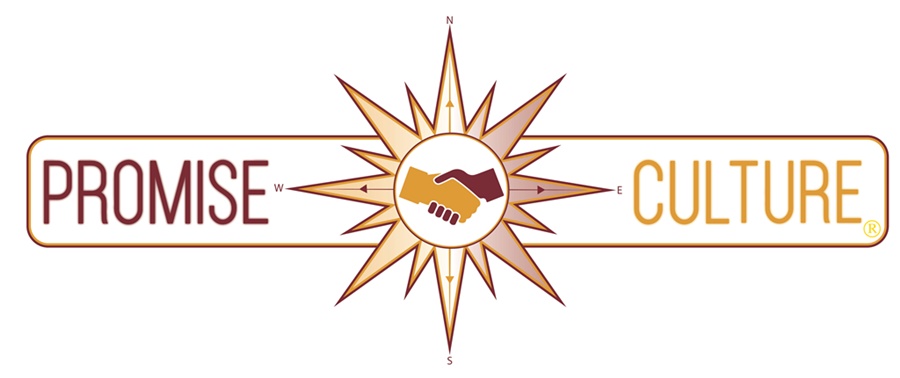Our world operates at breakneck speeds. It seems that every day the rate and pace of change and getting things done moves faster and faster. In some situations, this rate of progress has been very beneficial to business and society in general. It affords us more time to accomplish other essential items, thus we accomplish more with less time.
By default, we can dynamically link this progress improvement to being more efficient and effective on all fronts. Granted, we have saved time, but only if the accomplishment is done correctly and of similar or better quality. If time is saved on the initial effort, but we then have to revisit and redo the matter, then not only is the original time savings lost, but the cost in both time and other added expenses goes up dynamically.
There is an older reference to this cost-of-quality calculation, which is a nice rule of thumb that captures the nature of this impression that speed is better than quality. When 1 unit of time is applied to complete a task and the result is a product or service that meets the specification, then the return on the effort is as designed. It was designed and planned to take “X” amount of time to complete the deliverable using these design criteria that the end product or services were to meet.
If it takes “X+” time to meet the design specification, then quality might have been achieved, but the cost of time increased the investment in the product or service. Similarly, if the time is “X-” but the quality does not meet the criteria, additional time is required to rework/redo the product or service until it meets the specification. This increases the cost of the investment in the deliverables. The cost to the business gets ramped up across offerings as rework time affects the items directly involved in the situation and the resources being utilized in the rework, which are withdrawn from the future work that they would have been accomplishing at that same time interval. Thus, the equation you may keep in your head is – Doing it right the first time to spec and on time is 1 – unit of cost. In some situations, a physical product offering of services requires an inspection to be done before moving forward. This adds an additional cost unit, so two total units of investment. In the event the inspection determines the deliverable is not up to expectations, then more units of cost must be invested to correct the situation. Hopefully, the deliverable is resolved while still within the control of the business because if it makes its way into the marketplace, then the resolution cost can be 10+ original investment costs.
As leaders, we always look for ways to optimize the investment cost in our organization’s deliverables. Can a different process be applied to save time? Can alternative materials be used while still retaining the same design criterion? When we investigate such options, it is critical that the expectations of improvement and the criterion by which progress is assessed are well defined upfront, and those expectations shared and understood.
This week, consider the various processes and deliverables that flow through your organization. How many are done with urgency as the governing factor, potentially impacting the net value of the product or service to the business because there are hidden or soft costs?
At JKL Associates we are ready to assist you and your organization in becoming a |Promise Culture” when you can be a lean, profitable business. Give us a call – MI (313) 527-7945 or FL (407) 984-7246
COPYRIGHT – JKL ASSOCIATES 2025
QUESTIONS OR COMMENTS – EMAIL US AT PARTNERS@JKLASSOCIATES.COM OR CALL OUR OFFICES – MI AT (313) 527-7945 FL AT (407) 984-7246
Celebrating 30 years of Delivering on “Promises”




